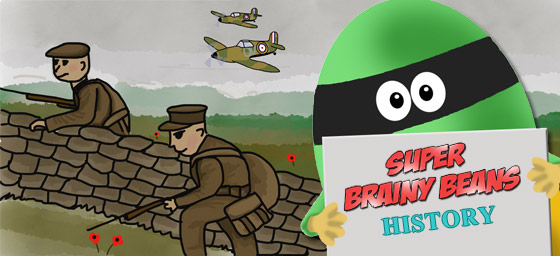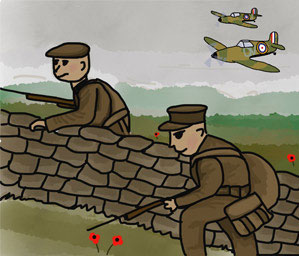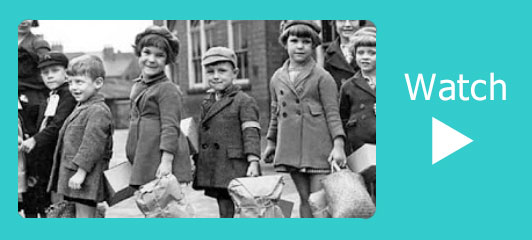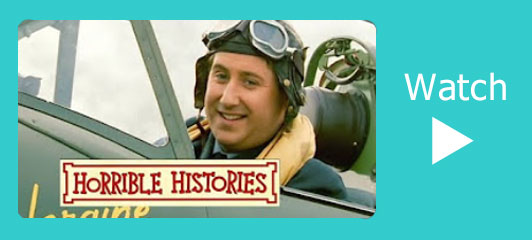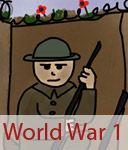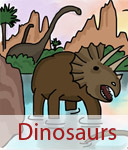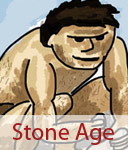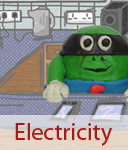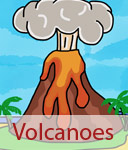World War 2
World War 2 for kids learning in KS2 at Primary School. Homework help on the history of World War 2, the Blitz, Evacuations and D-Day.
Time: 1939-1945
What was World War 2?
World War 2 was a huge war that took place between 1939 and 1945. It involved many countries around the world, making it the biggest war in history. Millions of people fought in battles on land, at sea, and in the air. It wasn’t just soldiers who were affected—ordinary people had their lives completely changed too.
How did World War 2 start?
The war began in September 1939, when Germany, led by a man called Adolf Hitler, invaded the country of Poland. Hitler wanted to take over more land to make Germany bigger and more powerful. Britain and France had promised to help protect Poland, so when Germany attacked, they had no choice but to declare war on Germany.
At first, the fighting was mostly in Europe, but very soon the war spread across the world. Two main sides formed:
- The Allies – countries that worked together to stop Hitler and his allies. At the start, this included Britain and France, but later many others joined, such as the United States and the Soviet Union.
- The Axis Powers – countries that supported Germany. These included Italy, ruled by Benito Mussolini, and Japan, which wanted to take control of parts of Asia.
What began as a European war soon turned into a worldwide conflict, with battles taking place in Africa, Asia, and across the oceans.
Important leaders and what they did in World War 2
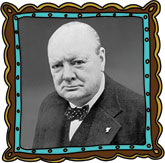
Winston Churchill
Churchill was the Prime Minister of Britain during most of the war. He became famous for his inspiring speeches, which gave hope to people during the darkest days, especially during the Blitz. He encouraged the British to keep fighting, saying they must “never surrender.”
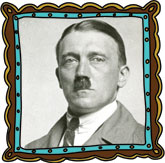
Adolf Hitler
Hitler was the leader of Nazi Germany and the main person who started the war. He wanted to take over other countries and spread his ideas about German superiority. Hitler’s actions led to millions of deaths and caused the war to spread across Europe and beyond.
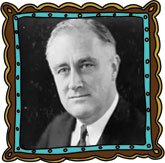
Franklin D. Roosevelt
Roosevelt was the President of the United States for most of the war. He helped lead the Allies, giving support to Britain and the Soviet Union before America officially joined the war in 1941. After the attack on Pearl Harbor, Roosevelt led the U.S. into the conflict and helped plan major operations like D-Day.
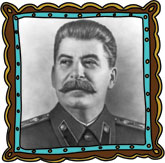
Joseph Stalin
Stalin was the leader of the Soviet Union. When Germany broke their agreement and invaded in 1941, Stalin led the Soviet army to fight back, eventually pushing German forces out of Russia. His leadership was crucial on the Eastern Front, one of the biggest and deadliest parts of the war.
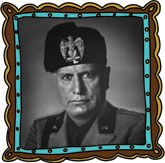
Benito Mussolini
Mussolini was the leader of Italy and an ally of Hitler. He wanted to make Italy a powerful empire, so he joined Germany in fighting against the Allies. Mussolini’s armies fought in Africa and Europe but were eventually defeated, and he was removed from power in 1943.
Life in Britain during the war
Life was very different for people in Britain during World War 2. Everyday life changed almost overnight. Cities were often bombed, food and clothes were rationed, and families were sometimes split apart. People had to make big sacrifices, but they also pulled together to help each other. Everyone was encouraged to “do their bit” for the war effort, whether that was fighting, working, or simply saving scraps of food.
Rationing
Food and clothes were rationed during the war, meaning people could only buy a small, limited amount. Families were given ration books with coupons to control how much they could have. Typical weekly rations included things like a tiny amount of butter, sugar, meat, and tea. Because food was short, people grew their own vegetables in “Dig for Victory” gardens, and children were encouraged to eat everything on their plates—no waste allowed!
Evacuation of children
To keep children safe from bombing, millions were evacuated from big cities to the countryside. They carried little suitcases, wore name labels, and took gas masks with them. Many went to live with host families, often farmers, where it was safer. Some children enjoyed their new adventures—exploring fields, playing with animals, and having more space. Others, however, missed their parents terribly and found it difficult living with strangers far from home.
Women at war
With so many men away fighting, women took on new roles that were once thought of as “men’s jobs.” They worked in factories making planes, tanks, and weapons. Some joined the Land Army to grow and harvest food in the fields, while others became nurses, bus and train drivers, or even air raid wardens who helped keep people safe during bombings. Women proved that they could do important jobs just as well as men, and their work was vital in helping Britain win the war.
- Chocolate was rationed during the war, so many children only had it on special occasions.
- Some women even flew planes from factories to airfields to deliver them for the Royal Air Force.
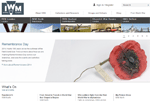 Imperial War Museum
Imperial War Museum Visit the Imperial War Museums in London, Manchester or in Cambridgeshire for a close up view of war life.
How the war spread
After the war began in 1939, Germany quickly took control of many countries in Europe, including Norway, Denmark, Belgium, the Netherlands, and France. By the summer of 1940, Britain stood almost alone against Germany. The German air force tried to bomb Britain into giving up, but the Royal Air Force fought them off in the Battle of Britain.
In 1941, the war grew much bigger. Germany invaded the Soviet Union, leading to huge battles in the east. That same year, Japan attacked the American naval base at Pearl Harbor, which brought the United States into the war. From then on, the fighting spread across Europe, Africa, Asia, and the Pacific Ocean.
By 1942 and 1943, the Allies began to fight back. They won key victories in North Africa and Italy, and at sea they stopped German submarines from cutting off Britain’s supplies. Slowly, the Allies were turning the war in their favour, preparing for the final push into Europe.
The Battle of Britain and the Blitz
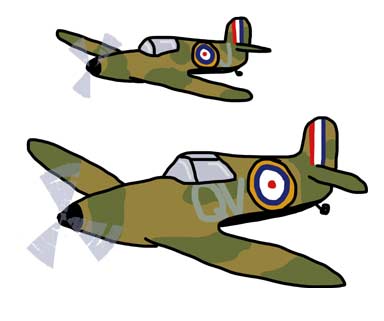 The Blitz was the name given to the heavy bombing of British cities by German planes between 1940 and 1941. Cities like London, Coventry, Liverpool, Birmingham, and Manchester were hit. The bombing raids usually happened at night, so people had to sleep in air raid shelters in their gardens, basements, or even in Underground stations on the London Tube. Families sometimes spent hours huddled together, listening to the planes overhead and hoping their homes would survive.
The Blitz was the name given to the heavy bombing of British cities by German planes between 1940 and 1941. Cities like London, Coventry, Liverpool, Birmingham, and Manchester were hit. The bombing raids usually happened at night, so people had to sleep in air raid shelters in their gardens, basements, or even in Underground stations on the London Tube. Families sometimes spent hours huddled together, listening to the planes overhead and hoping their homes would survive.
The Blitz was terrifying, but the British people showed amazing courage. Children went to school when it was safe, workers carried on in factories making weapons and planes, and communities helped each other rebuild damaged homes. People even developed ways to keep spirits up—singing songs, holding parties in shelters, and sharing stories to distract themselves from the danger.
The Battle of Britain was happening at the same time. The German air force, called the Luftwaffe, tried to destroy Britain’s air force so they could invade. But the Royal Air Force (RAF) fought back bravely in the skies. Using fighter planes like the Spitfire and the Hurricane, they stopped the Germans from gaining control of the skies. Winston Churchill later said that the RAF pilots were the “Few,” because there were so few of them, but their courage helped save Britain.
In Britain, people listened to Winston Churchills’ radio speeches for encouragement—he told them to “never give in,” which gave many hope during the darkest days of the war. The most famous line from his speech in June 1940 was:
"We shall fight on the beaches, we shall fight on the landing grounds, we shall fight in the fields and in the streets, we shall fight in the hills; we shall never surrender."
Spies and codebreakers
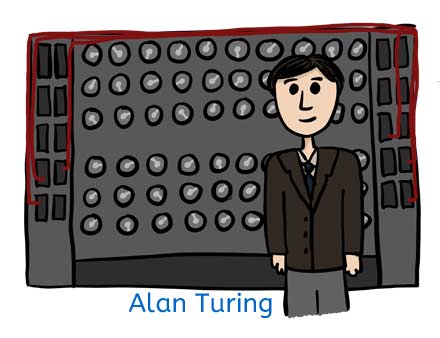 During World War 2, both sides needed to send secret messages to each other, and these messages were often written in codes so the enemy couldn’t read them. The Germans used a very complicated machine called the Enigma to create codes that seemed impossible to break.
During World War 2, both sides needed to send secret messages to each other, and these messages were often written in codes so the enemy couldn’t read them. The Germans used a very complicated machine called the Enigma to create codes that seemed impossible to break.
In Britain, a team of clever codebreakers worked at a place called Bletchley Park to try and solve these secret messages. One of the most famous of these codebreakers was Alan Turing, a brilliant mathematician. He helped design machines and develop methods that could read the Enigma codes quickly.
By breaking the German codes, the Allies were able to predict enemy attacks and plan their own moves more carefully. Historians say that the work of Turing and the codebreakers helped shorten the war and saved thousands of lives.
 Bletchley Park
Bletchley ParkDiscover the incredible achievements of Britain's World War Two Codebreakers, in the place where it happened.
What is D-Day?
On 6th June 1944, known as D-Day, the Allies launched a huge attack on German-occupied France. Soldiers from Britain, America, Canada, and other Allied countries crossed the English Channel in thousands of ships and landed on the beaches of Normandy.
It was the largest seaborne invasion in history, with over 150,000 soldiers landing on just the first day. The beaches were given secret code names like Gold, Juno, Sword, Omaha, and Utah. The soldiers faced rough seas, strong defences, and heavy fighting, but they bravely pushed through.
D-Day was a turning point in the war. Once the Allies had landed in France, they were able to bring in more troops, tanks, and supplies. This allowed them to push back the German army, liberate France, and begin the march towards Germany itself. Less than a year later, the war in Europe was over.
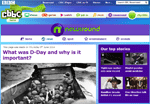 CBBC - D-Day
CBBC - D-Day The D-Day landing in 1944, during WWII, was the biggest invasion by sea in history. Find out more about what happened and why it was important.
How did World War 2 end?
World War 2 finally came to an in 1945, after six long years of fighting. On 8th May 1945, Germany surrendered after Adolf Hitler died and the Allied armies captured Berlin, the German capital. This was called VE Day, which stands for Victory in Europe Day. People across Europe celebrated that the fighting in Europe was over.
The war was still going on in Asia, however. on 15th August 1945, the United States dropped two atomic bombs on the Japanese cities of Hiroshima and Nagasaki. Japan surrendered soon after, and the war was officially over. This day is known as VJ Day (Victory over Japan Day).
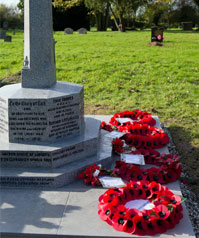
VE Day celebrations
On 8th May 1945, people in Britain celebrated VE Day with enormous street parties, dancing, and singing. Crowds gathered outside Buckingham Palace to cheer King George VI and Winston Churchill. For the first time in six long years, people could celebrate peace. Soldiers returned home, families were reunited, and the country looked forward to rebuilding after the hardships of the war. We still celebrate VE Day today to remember the end of the fighting in Europe.
Remembrance Day
We also remember the people who fought and died in World War 2 on 11th November, which is the same day that World War 1 ended. On this day, we wear poppies, lay wreaths, and take a moment to think about the sacrifices of the soldiers and civilians. This tradition helps us remember the bravery of those who fought so that we could live in peace.
 CBBC - What is remembrance day?
CBBC - What is remembrance day? The second Sunday of November is Remembrance Sunday, but what does it all mean and what are you meant to do?
 British Legion - Remembrance Day
British Legion - Remembrance Day The First World War officially ended on the eleventh hour on the eleventh day on the eleventh month, 1918 - Armistice Day. This is Remembrance Day.

